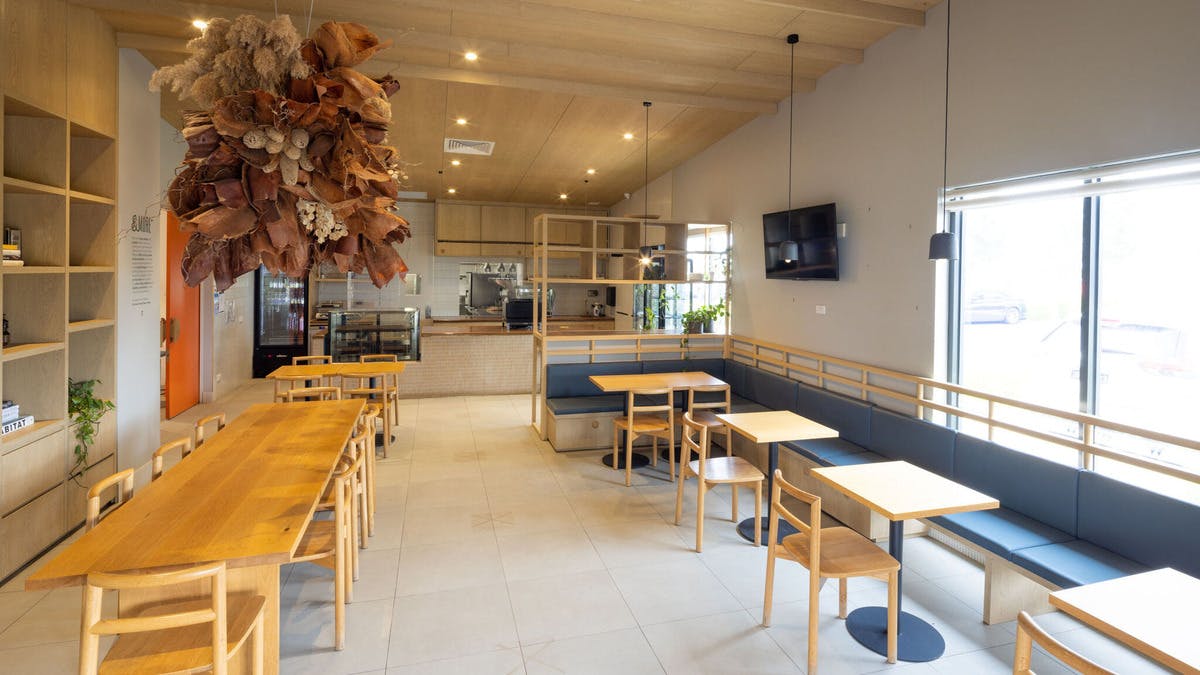Australian businesses are innovating less, according to new data from the Australian Bureau of Statistics (ABS) covering the two years to June 30, 2023. The report reveals a six percentage point drop in innovation activity compared to the previous measurement period.
Economic challenges are a key culprit. Nearly a fifth (19%) of businesses cited a lack of funding as a major hurdle.Additionally, talent shortages pose a significant barrier, with 16% of businesses struggling to find skilled workers in the market and another 14% facing skill gaps within their own teams.
Despite the decline, nearly half (46%) of businesses reported some innovation activity. However, a shift in focus is evident. Businesses are prioritizing innovation in goods and services over streamlining internal processes. ABS head of business statistics, Robert Ewing, attributes this to current economic conditions and rising cost-of-living pressures.
Financial constraints also impact spending. A significant portion (30%) of businesses reported no innovation expenditure.Furthermore, a majority (75%) of businesses with innovation activity invested less than $25,000. This is particularly true for micro-businesses (companies with four or fewer employees), where over 80% spent less than $25,000, and a third invested nothing in innovation.
Ewing highlights the data’s positive implication: businesses are finding cost-effective ways to innovate. This is crucial for small and medium enterprises (SMEs). Examples include leveraging social media for marketing and adapting internal practices to navigate economic challenges.
The importance of innovation for SME income is evident. Micro-businesses with new or improved goods saw the highest proportion (8%) of their income coming from these sources. Conversely, less than 1% of large businesses reported similar income dependence on innovation.
Innovation activity varied geographically. Businesses in the Northern Territory (NT) reported the highest innovation rate (48%), followed by Queensland and Victoria (both at 47%).
The ABS survey also explored innovation spending categories. Machinery, equipment, and technology received the most investment intentions (41%), followed by marketing and training (both at 37%).
Environmental benefits were another first-time survey focus. Notably, 33% of businesses implementing new or improved goods and services cited environmental advantages. This benefit was experienced across all business sizes, with rates ranging from 45% for large businesses to 29% for micro-businesses.
Keep up to date with our stories on LinkedIn, Twitter, Facebook and Instagram.

